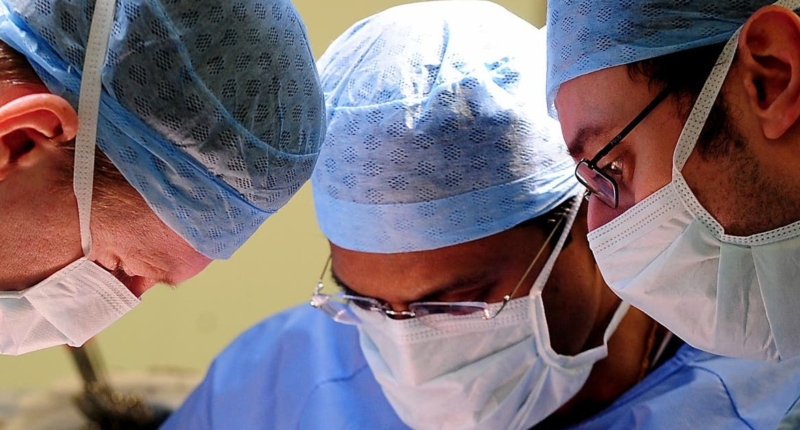London scientists have developed a new technique involving the use of molecular imaging that could revolutionize the treatment of cancer in children, particularly neuroblastoma, the most common type of solid cancer in children after brain tumours. The technique involves injecting imaging probes into the bloodstream, which are attracted to cancerous cells and light up through fluorescence, illuminating the tumour. This “game-changing” technique has the potential to accurately remove tumours more precisely and help save the lives of many children. Molecular imaging is unlike traditional methods like X-rays or MRI scans as it can be done live during surgery, making it easier for clinical teams to identify cancerous cells. Researchers hope to translate this innovative technology into clinical practice soon to benefit as many children with cancerous tumours as possible.
London Scientists Pioneer Infrared Imaging for Treating Child Cancer
London scientists have developed an innovative infrared imaging technique that could revolutionize the treatment of cancer in children. By combining real-time imaging of the body’s internal organs with short wave infrared light (SWIR), they can now accurately remove tumours.
This “game-changing” technique has potential implications for treating neuroblastoma, which is the most common type of solid cancer in children after brain tumours. Neuroblastoma accounts for 8-10% of all childhood cancers and 15% of childhood deaths.
Currently, treatment involves surgically removing cancerous cells, which can be challenging, as they often resemble healthy tissue. However, the new technique, known as “molecular imaging,” involves injecting imaging probes into the bloodstream. These probes are attracted to cancerous cells and light up through fluorescence, illuminating the tumour.
The technique was tested on mice and revealed part of a tumour that had not been removed during surgery. Unlike X-rays or MRI scans, molecular imaging can be done in real-time during surgery, enabling clinical teams to identify cancerous cells without having to wait for biopsy or culture results.
The researchers from the Wellcome/EPSRC Centre for Interventional and Surgical Sciences (Weiss) at University College London (UCL) and Great Ormond Street Hospital (GOSH) believe that the technology could significantly improve the precision of removing tumours.
Dr Stefano Giuliani, Consultant Paediatric Surgeon at Great Ormond Street Hospital, said that removing neuroblastoma requires a delicate balance. Removing too little means that the tumour might grow back, but removing too much risks damaging the surrounding blood vessels, nerves, and other healthy organs. The new technique lights up the tumour, enabling surgeons to remove it with unprecedented precision.
Dr Dale Waterhouse from the EPSRC Centre for Interventional & Surgical Sciences (WEISS) at UCL said that the technology could enhance the surgeon’s vision beyond the capabilities of the human eye, allowing for more precise tumour surgery.
The groundbreaking study has the potential to save lives and could transform how children with cancer are treated. Researchers hope to translate this innovative technology into clinical practice at GOSH soon to benefit as many children with cancerous tumours as possible.
Don’t miss interesting posts on Famousbio
